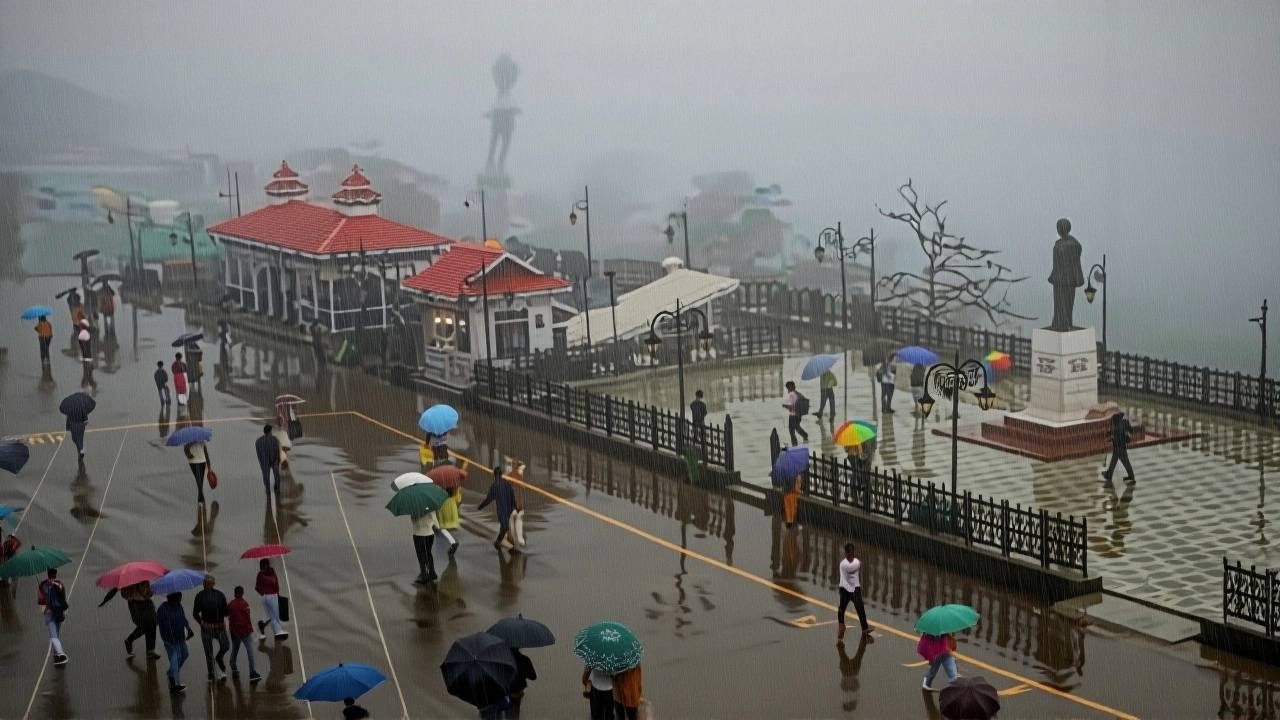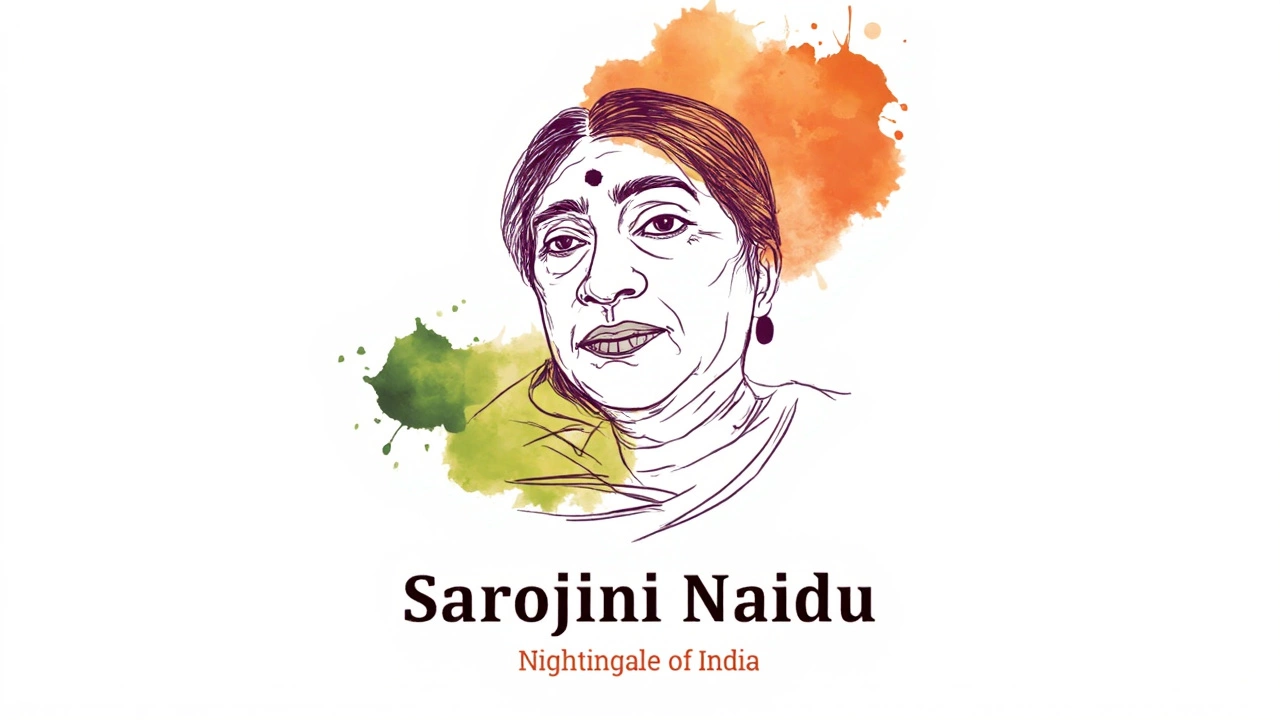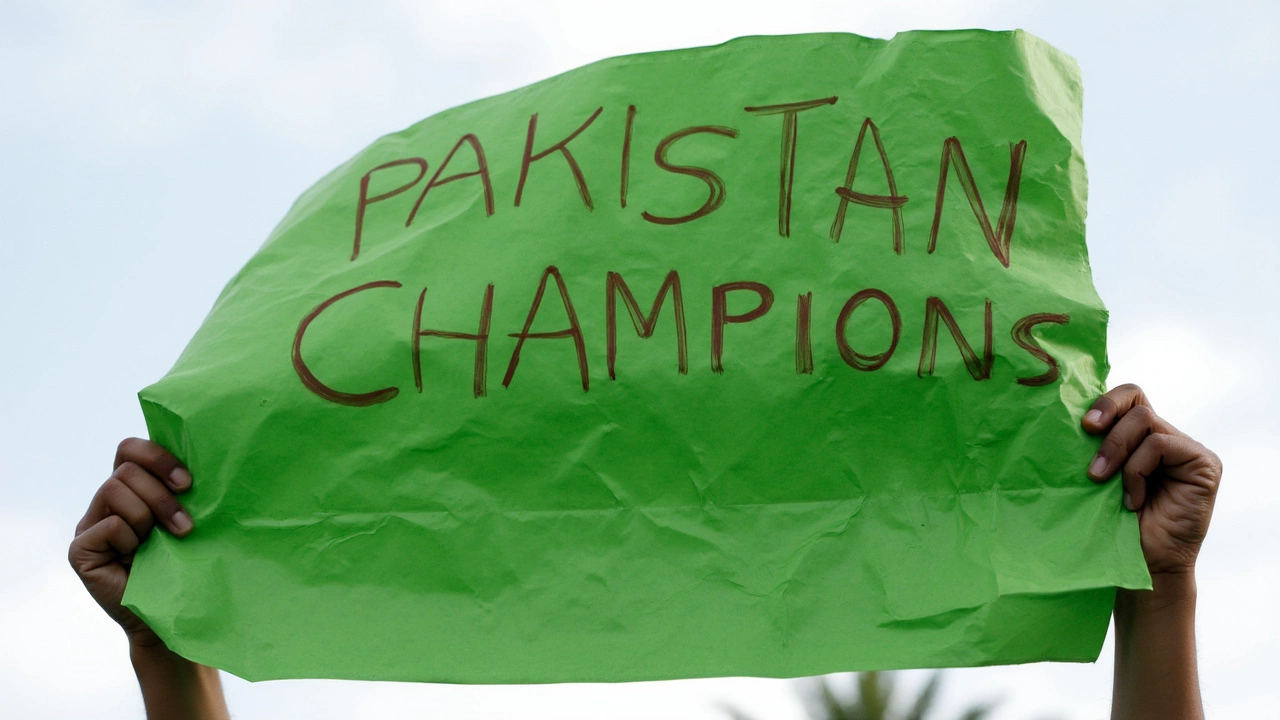Bharat Bandh on July 9, 2025: 30 Crore Workers Strike Against Government Labor Reforms

On Wednesday, July 9, 2025, India ground to a halt in one of the largest labor actions in its history, as an estimated 30 to 40 crore workers and farmers joined a nationwide Bharat Bandh organized by ten central trade unions. The strike, which began at midnight IST, was a direct rebuke of the Union government’s labor code reforms—policies unions say are dismantling social safety nets and weakening collective bargaining. At protest sites in Delhi, Satyaprakash, state secretary of the All India Central Council of Trade Unions (AICCTU), declared the moment "a do or die situation," his voice hoarse from hours of rallying workers. The scale was staggering: from Kerala’s silent streets to Kolkata’s blocked rail lines, the message was clear—workers won’t be silenced.
What the Workers Demanded
The strike was anchored by a 17-point charter of demands, none of which were minor. Unions demanded the immediate rollback of the four consolidated labor codes introduced since 2020, a legally guaranteed minimum wage across all sectors, universal pension coverage for informal workers, and a halt to the privatization of public sector enterprises like Coal India and Bharat Petroleum. They also called for the restoration of the Indian Labour Conference, a historic platform for tripartite dialogue that they claim has been sidelined. "This isn’t just about wages," said a union organizer in Chennai, speaking on condition of anonymity. "It’s about dignity. They’re turning our rights into options."
Regional Impact: From Kerala’s Silence to Delhi’s Normalcy
The strike’s impact was anything but uniform. In Kerala, where trade union strength has deep roots, schools, government offices, and markets shut down nearly completely. The Indian Express reported at 7:48 pm that attendance at educational institutions was "significantly thin," with even private schools closing. In Chennai and Kolkata, workers blocked major roads and railway tracks, halting freight and passenger movement. In Tripura, the response was mixed but peaceful—no violence, no arrests, just quiet resistance.
Meanwhile, in Delhi, the capital appeared eerily normal. The metro ran on schedule. Markets in Connaught Place buzzed as usual. The New Delhi railway station saw no slowdown. The Economic Times noted, "Minimal impact in Delhi; metro, road transport, markets unaffected." Police had increased patrols at entry points, checking vehicles entering the city, but the strike’s energy seemed to bypass the administrative core. Analysts suggest this reflects the uneven power of organized labor across regions—stronger in the south and east, fragmented in the north.
Who Stayed Out—and Why
Not everyone joined the bandh. The Union Labour Ministry revealed that 213 unions, including the Bharatiya Mazdoor Sangh (BMS), the RSS-affiliated labor group, confirmed they would not participate. That’s a critical fracture. The BMS, once a pillar of the labor movement, has increasingly aligned with government policy, calling the strike "unnecessary" and "politically motivated." Their absence weakened the strike’s claim to represent "all workers."
Even within the banking sector, participation was uneven. While the Association of Bank Employees endorsed the strike, some public sector banks continued limited operations. "We had to keep ATMs running," said a branch manager in Bengaluru. "People still need cash."
A Pattern Repeating: History of Bharat Bandhs
This wasn’t the first time India saw such a massive walkout. On September 2, 2016, a similar strike by ten unions paralyzed Kerala and Karnataka, but left Delhi and Mumbai largely untouched. In December 8, 2020, farmer unions led by the Bharatiya Kisan Union (BKU-Lakhowal) called a Bharat Bandh against farm laws—another moment of national tension that eventually forced policy reversal. The parallels are hard to ignore. Each strike builds on the last, each failure fuels the next mobilization.
What’s different this time? The stakes feel higher. The labor codes, framed as "ease of doing business" reforms, have eroded overtime rules, made layoffs easier, and weakened inspection mechanisms. Workers now fear their rights are being outsourced to contractors and algorithms. "They don’t see us as people," said a construction worker in Patna, wiping sweat from his brow. "They see us as variables in a spreadsheet."

Government Response: Open to Talks, But No Concessions
The Union Labour Ministry issued a statement on July 8, calling the strike "unfortunate" but adding it was "open to discussions." No official meeting was scheduled. Union leaders say this is a familiar tactic—delay, distract, divide. "They think silence means surrender," said Satyaprakash. "They’re wrong."
State governments, meanwhile, issued advisories on essential services. Hospitals, power plants, and water supply remained operational. Private companies made their own calls—some shut down, others operated with skeleton staff. The result? A patchwork of resistance and resilience.
What Comes Next
The unions have already announced a follow-up: a 24-hour sit-in at the National Capital Region’s border on July 16, demanding a meeting with the Labour Minister. If ignored, they warn of a second nationwide strike in August. Meanwhile, opposition parties are preparing to table a resolution in Parliament calling for the repeal of the labor codes. The government, however, remains defiant. "We’ve modernized the framework," said a senior official. "The past can’t be the future."
But for millions of daily wage earners, gig workers, and informal laborers who showed up at protest corners with flags and chai, the past is all they have left. Their future hangs in the balance—not in courtrooms or boardrooms, but on the streets where silence speaks louder than speeches.
Frequently Asked Questions
How many workers actually participated in the July 9, 2025 Bharat Bandh?
Union leaders claimed 30 to 40 crore workers participated, while The Indian Express verified participation by over 25 crore workers across banking, postal, insurance, and construction sectors. The actual number remains contested, as no official census was conducted. Independent analysts suggest a realistic figure is between 28–35 crore, with higher turnout in southern and eastern states.
Why did the Bharatiya Mazdoor Sangh (BMS) refuse to join the strike?
The Bharatiya Mazdoor Sangh (BMS), aligned with the RSS, viewed the strike as politically driven rather than economically necessary. It argued that the labor codes improved formalization and compliance, and that dialogue—not shutdowns—was the right path. Its absence fractured the labor movement’s unity and gave the government room to downplay the strike’s legitimacy.
What impact did the strike have on India’s economy?
While essential services continued, economic losses were estimated at ₹1.2 lakh crore by the Centre for Monitoring Indian Economy (CMIE), primarily from halted manufacturing, logistics, and retail activity. Kerala alone lost over ₹18,000 crore in daily economic output. Stock markets showed minor dips, but the bigger concern was the signal it sent: labor unrest is resurging after years of quiet.
How does this strike compare to the 2020 farmer protests?
The 2020 farmer protests were sustained for over a year, involved millions across multiple states, and forced a complete policy reversal. The July 2025 strike was a single-day event focused on labor codes. While smaller in duration, it’s significant because it unites urban and rural workers under a common cause—something the farmer movement didn’t fully achieve. Both show the growing power of coordinated, nationwide dissent.
Will the government change its labor policies because of this strike?
So far, no. The government has only offered "open dialogue" without setting a timeline. But the strike’s scale—especially in states like Kerala and West Bengal—has forced the issue onto the national agenda. If opposition parties capitalize on it ahead of 2026 state elections, political pressure could force concessions. For now, the ball is in the unions’ court: they’ve shown they can mobilize. Can they sustain it?
Why did Delhi see minimal disruption while Kerala shut down?
Kerala has one of India’s highest unionization rates—over 40% of workers are unionized, compared to less than 10% in Delhi. Decades of left-wing governance, strong cooperative movements, and public sector dominance mean labor has institutional power. In Delhi, the workforce is more fragmented: gig workers, private sector employees, and migrant laborers lack the same organizational structure. Plus, the capital’s economy is more service-driven and less reliant on factory labor.


